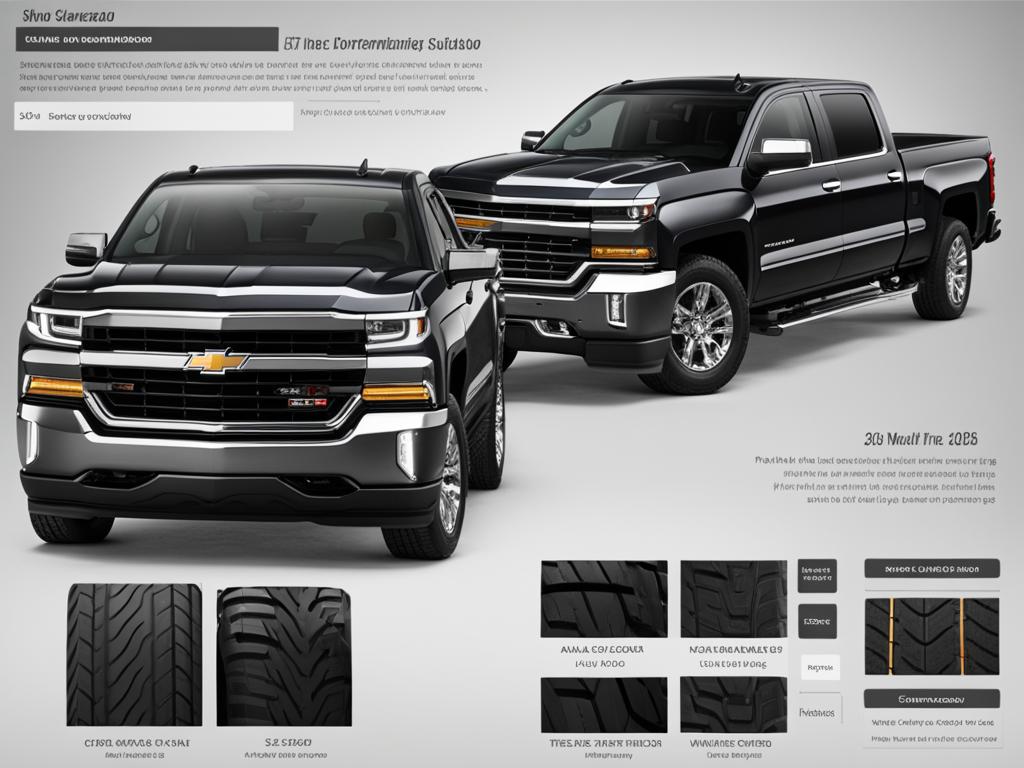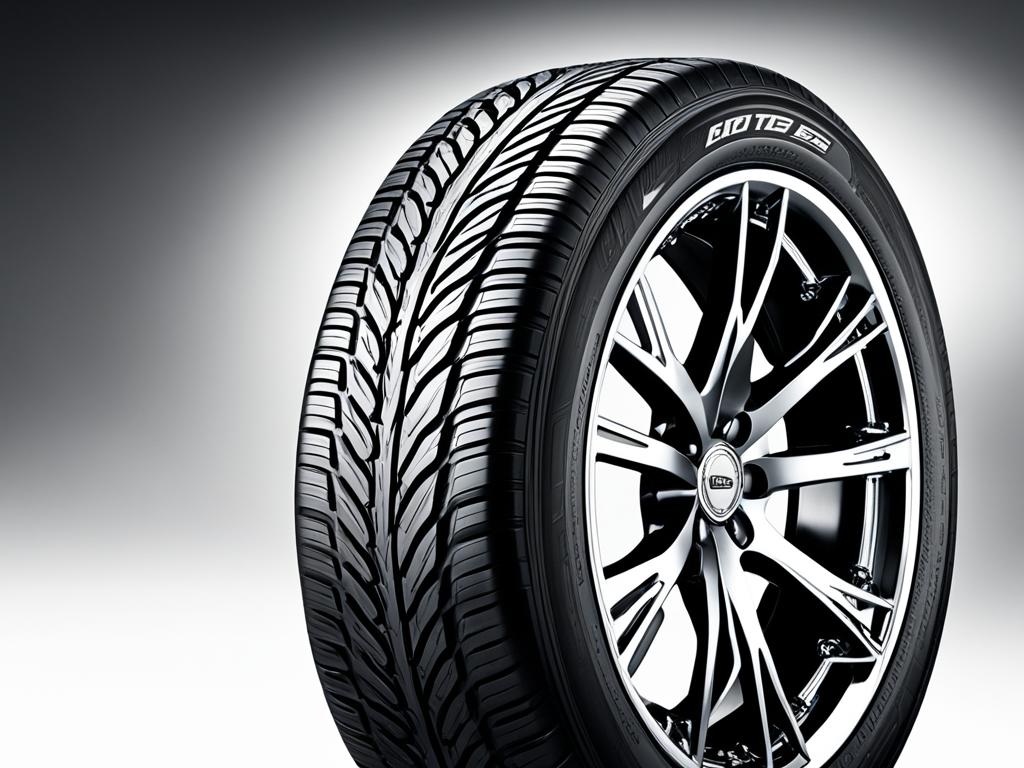Did you know that the choice between bias tire vs radial tire can significantly impact your vehicle’s performance and safety?
When it comes to choosing the right type of tire for your vehicle, there are several factors to consider. One of the most important decisions you’ll need to make is whether to opt for bias or radial tires. These two types of tires have distinct construction and performance characteristics, which can have a profound effect on your driving experience.
In this article, we will delve into the basics of tire construction, evaluate the performance of bias and radial tires on the road, analyze the financial considerations of cost and durability, compare their performance in specialty uses, explore technological advancements in radial tire technology, and conclude with a summary of the key findings.
Whether you’re a car enthusiast, a weekend off-roader, or simply a safety-conscious driver, understanding the pros and cons of bias and radial tires is crucial for making an informed decision.
Key Takeaways:
- Bias tire and radial tire have different construction and performance characteristics.
- Bias tires offer flexibility and off-road advantages, while radial tires provide stability and highway performance.
- The financial considerations include tire cost, durability, and long-term savings.
- Bias and radial tires excel in different specialty applications, such as off-roading and racing.
- Technological advancements in radial tire technology have resulted in improved compounds and fuel efficiency.
Now, let’s dive into the details and explore the world of bias and radial tires.
The Basics of Tire Construction
Table of Contents
ToggleThis section provides an overview of tire construction, starting with a definition of bias ply and radial tires. We will explore the historical development of tires and how they have evolved over time. Additionally, we will compare the construction of bias ply and radial tires, highlighting the key differences in their internal structure and materials used.

Defining Bias Ply and Radial Tires
Bias ply tires have a construction that consists of multiple layers of rubberized fabric cords. These cords are placed diagonally across the tire, forming a crisscross pattern. The layers of cords are then coated with rubber to create a strong and flexible tire.
Bias ply tires have a durable and robust construction, making them well-suited for off-road and heavy-duty applications.
Radial tires, on the other hand, have a different construction that features layers of cords positioned radially from the center of the tire to the sidewall. These cords are made of steel or polyester and are placed at a 90-degree angle to the direction of travel.
Radial tires provide excellent stability and handling characteristics, making them popular for highway driving.
Historical Development of Tires
The development of tires can be traced back to ancient civilizations where primitive forms of wheels were utilized. However, it wasn’t until the late 19th century that the pneumatic tire, or air-filled tire, was invented. John Boyd Dunlop is credited with the creation of the first practical pneumatic tire in 1888.
Learn more about Tire air cap guide

Over the years, tire technology continued to evolve, with significant advancements in the materials used and manufacturing processes. The introduction of bias ply tires in the early 20th century revolutionized the automotive industry, providing improved durability and performance.
The next major milestone in tire construction came with the introduction of radial tires in the 1940s. Michelin, a leading tire manufacturer, pioneered the development of radial tire technology, which offered superior stability, fuel efficiency, and longevity.
Comparing Bias Ply vs Radial Tire Construction
When comparing bias ply and radial tire construction, there are several key differences to consider. In bias ply tires, the crisscross pattern of fabric cords provides enhanced sidewall strength and resistance to punctures.
In contrast, radial tires have a more flexible sidewall due to the radial arrangement of cords. This flexibility allows the tire to absorb road imperfections and provide a smoother ride.
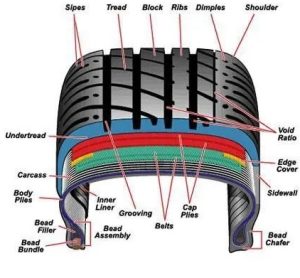
Furthermore, the materials used in bias ply and radial tire construction differ. While bias ply tires typically use fabric cords, radial tires employ steel or polyester cords, which enhance strength and improve heat dissipation.
Learn more about best all season tire for Subaru outback
Bias Tire vs Radial: Performance on the Road
In this section, we will discuss the performance of bias and radial tires on the road. We will examine the flexibility of bias tires and the advantages they offer in off-road conditions. On the other hand, we will evaluate the stability and highway performance of radial tires, focusing on their ability to provide a smooth and comfortable ride at higher speeds.
When it comes to bias tire performance, the flexibility of these tires allows them to adapt to uneven terrain and provide excellent traction in off-road conditions. Their sturdy construction and strong sidewalls make them resistant to cuts and punctures, making them an ideal choice for rugged terrains and challenging off-road adventures. Additionally, bias tires have a lower cost compared to radial tires, making them a cost-effective option for off-road enthusiasts.

On the other hand, radial tires excel in stability and highway performance. With their advanced construction and wide footprint, radial tires offer improved handling and stability on paved roads. The steel belts used in radial tire construction provide enhanced strength and durability, allowing for better control and a smoother ride at higher speeds. This makes radial tires an excellent choice for highway driving and long-distance travel.
Financial Considerations: Cost and Durability
In this section, we will explore the financial aspects of choosing between bias and radial tires. We will analyze how tire cost and durability play a crucial role in determining the overall value for money. Additionally, we will delve into the impact of rolling resistance on fuel efficiency and discuss the long-term savings of using bias or radial tires.
Analyzing the Impact of Rolling Resistance
Rolling resistance refers to the force required to keep a tire moving forward. It is influenced by various factors such as tire design, tread pattern, and inflation pressure. High rolling resistance can have a negative effect on fuel efficiency, as the engine needs to work harder to overcome it. Therefore, it is essential to consider the rolling resistance of both bias and radial tires when evaluating their cost-effectiveness.
Learn more about Tire tread depth chart
Calculating Long-term Savings: Bias vs Radial Tires
When comparing bias and radial tires, it is crucial to consider their long-term savings potential. While the initial cost of bias tires may be lower, their durability and lifespan might be shorter compared to radial tires. On the other hand, although radial tires are generally more expensive, their longevity and reduced rolling resistance can lead to significant fuel savings over time. By calculating the combined impact of tire cost, durability, and fuel consumption, you can make an informed decision regarding the overall cost-effectiveness of bias and radial tires for your specific needs.
| Tire Type | Cost | Durability | Rolling Resistance |
|---|---|---|---|
| Bias | Lower | Shorter lifespan | Higher |
| Radial | Higher | Longer lifespan | Lower |
Bias Tire vs Radial Tire Comparison in Specialty Uses
When it comes to specialty uses, bias and radial tires offer distinct advantages depending on the specific application. Let’s explore how these two types of tires perform in areas such as off-roading, racing, and agricultural use, and how they cater to the unique needs of each discipline.
Off-Roading:
Off-roading requires tires that can handle challenging terrains with ease. Bias tires are known for their robust construction, making them ideal for off-road adventures. The bias tire’s flexible sidewalls provide excellent traction and flotation, allowing vehicles to navigate through mud, sand, and rocky surfaces. The overlapping ply layers also provide added puncture resistance, reducing the risk of tire damage in rugged environments.

Racing:
In the world of motorsports, performance and precision are paramount. Radial tires excel in racing conditions due to their superior grip and stability. The radial tire’s steel belt construction and stiffer sidewalls maximize cornering capabilities, providing optimal handling and responsiveness on race tracks. The enhanced traction and precise steering response of radial tires contribute to improved lap times and overall performance.
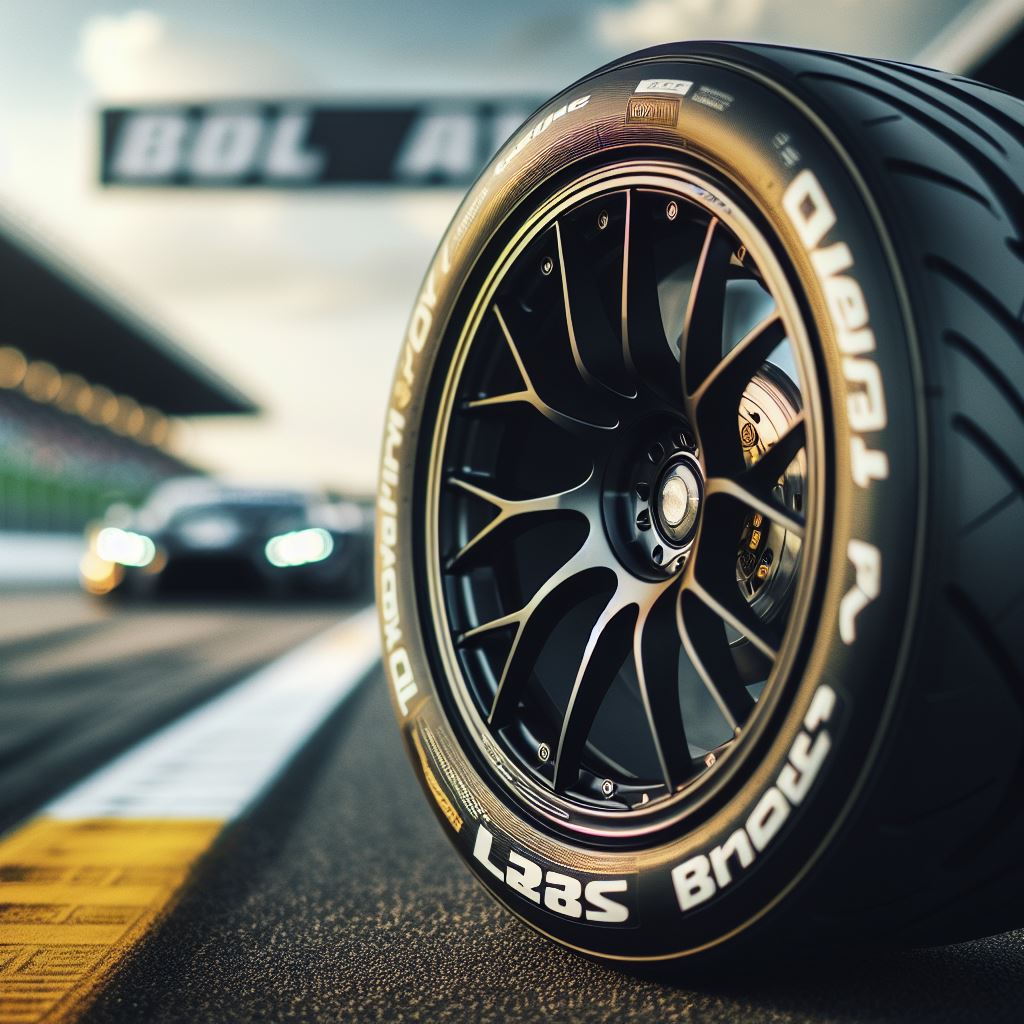
Agricultural Use:
Agricultural equipment requires tires that can withstand heavy loads, uneven terrain, and prolonged use. Bias tires have long been the go-to choice for agricultural applications. Their robust construction, along with their ability to carry heavy loads, makes them highly durable and resistant to impact damage. Additionally, bias tires offer excellent traction and flotation, allowing farm vehicles to navigate muddy fields and rough terrain efficiently.
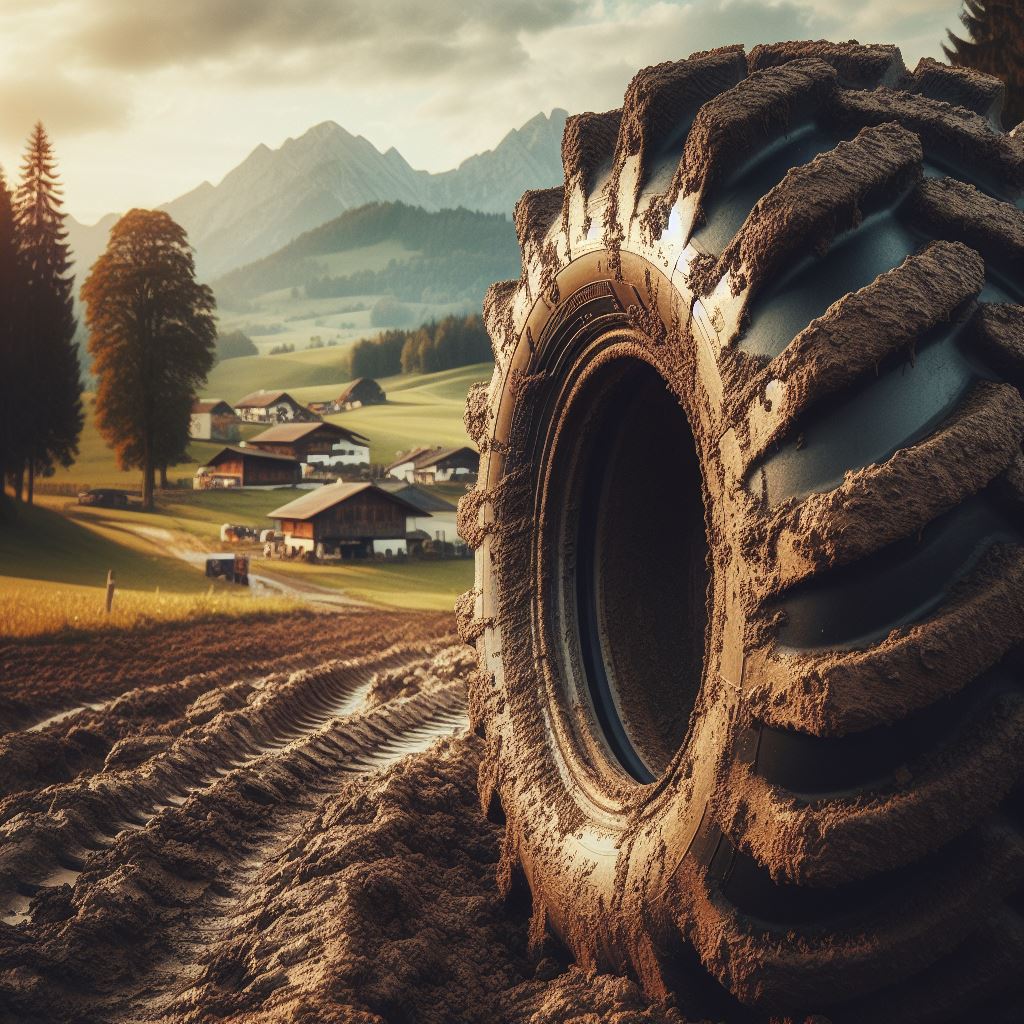
By understanding the advantages of bias and radial tires in these specialized fields, you can make an informed decision about which type of tire is best suited for your specific needs. Whether you’re an off-road enthusiast, a race car driver, or a farmer, choosing the right tire can significantly enhance your vehicle’s performance and ensure optimal safety.
| Bias Tires | Radial Tires | |
|---|---|---|
| Terrain | Excellent traction and flotation on off-road terrains | Optimal grip and stability on paved surfaces |
| Durability | Robust construction for impact resistance and prolonged use | Highly durable with enhanced sidewall stability |
| Load Capacity | Can carry heavy loads efficiently | Capable of handling moderate to heavy loads |
| Steering Response | Good flexibility for easy maneuverability | Precise steering response for superior handling |
Technological Advancements in Radial Tire Technology
In recent years, there have been significant breakthroughs in radial tire technology, resulting in improved performance and efficiency. Radial tire development has focused on enhancing tire compounds, optimizing fuel efficiency, and innovating tire design for various applications.
Development of Radial Tire Compounds
One of the key areas of advancement in radial tire technology is the development of specialized tire compounds. Tire manufacturers have been experimenting with new rubber formulations and additives to enhance tire performance in terms of traction, durability, and handling. These advancements in radial tire compounds have resulted in improved grip on wet and dry surfaces, increased tread life, and better overall performance.
Radial Tires and Their Impact on Fuel Efficiency
Radial tires have also made significant contributions to radial tire fuel efficiency. Compared to bias tires, radials offer lower rolling resistance, which means that the tires require less energy to move. This reduction in rolling resistance translates into improved fuel economy, making radial tires an excellent choice for eco-conscious drivers looking to improve their vehicle’s overall efficiency.
Learn more about Best off road tire for Toyota Tacoma
Innovation in Radial Tire Design for Various Applications
Furthermore, there have been notable innovations in innovation in radial tire design to cater to specific applications. Tire manufacturers have developed specialized radial tire designs for different vehicles and road conditions. For example, there are radial tires designed specifically for high-performance sports cars, off-road vehicles, and heavy-duty trucks. These innovative designs optimize traction, stability, and handling characteristics, ensuring that each tire is tailored to meet the unique demands of its intended use.
With ongoing technological advancements in radial tire technology, drivers can enjoy improved performance, fuel efficiency, and customized tire options for their specific needs.
Conclusion
After analyzing the key factors of performance, cost, and durability, it is clear that bias tires and radial tires each have their own strengths and weaknesses. Both types of tires offer unique characteristics that cater to different needs and preferences.
When it comes to performance, bias tires exhibit excellent flexibility, making them well-suited for off-road conditions. On the other hand, radial tires excel in stability and provide a smooth and comfortable ride on highways.
Considering the financial aspect, rolling resistance plays a significant role. Radial tires tend to have lower rolling resistance, resulting in improved fuel efficiency. However, bias tires may offer long-term savings due to their generally lower cost and durable construction.
Ultimately, the choice between bias and radial tires depends on your specific requirements and usage. If you frequently tackle off-road terrains or value exceptional flexibility, bias tires may be the better option. Conversely, if highway stability and fuel efficiency are your priorities, then radial tires are the way to go. Evaluate your needs carefully and consult with a tire professional to determine the best fit for your vehicle.
FAQ
Q: What is the difference between bias tire and radial tire?
A: Bias tires have a layered construction with overlapping plies, while radial tires have a single ply, wrapped around the tire. This difference in construction affects the tire’s performance and characteristics.
Q: What are the advantages of bias tires?
A: Bias tires offer better flexibility and are more suitable for off-road conditions. They also tend to be more affordable compared to radial tires.
Q: What are the benefits of radial tires?
A: Radial tires provide improved stability and perform better on highways at higher speeds. They generally offer a smoother and more comfortable ride.
Q: How does bias ply tire differ from radial ply tire in terms of construction?
A: Bias ply tires have multiple plies running diagonally across the tire, creating a crisscross pattern. Radial ply tires have a single ply that extends from sidewall to sidewall horizontally.
Q: What are the differences between bias and radial tires?
A: Bias tires are more flexible, have a bias ply construction, and are better suited for off-road use. Radial tires, with a radial ply construction, offer better stability and are more suitable for highway driving.
Q: Are there any disadvantages of bias tires?
A: Bias tires tend to have higher rolling resistance and less fuel efficiency compared to radial tires. They may also have shorter lifespans and be less suitable for higher speeds on highways.
Q: What are the disadvantages of radial tires?
A: Radial tires are generally more expensive than bias tires and may not provide as much flexibility in off-road conditions. They can also be more prone to sidewall damage.
Q: How do bias and radial tires differ in terms of performance?
A: Bias tires offer better flexibility and perform well off-road, while radial tires provide better stability and perform better on highways at higher speeds.
Q: What are the characteristics of bias ply tires?
A: Bias ply tires are more flexible and have a cross-ply design, making them suitable for off-road conditions. They tend to have a lower load capacity but can withstand heavier loads over shorter distances.
Q: What are the characteristics of radial tires?
A: Radial tires have a single ply construction that provides better stability and a comfortable ride on highways. They have a higher load capacity and are more durable, making them ideal for long-distance driving.
Q: Which type of tire is better, bias or radial?
A: The choice between bias and radial tires depends on your specific needs and usage. Bias tires are more suitable for off-road conditions, while radial tires excel on highways. Consider factors such as driving environment, load capacity, and desired performance when choosing the right tire for your vehicle.


